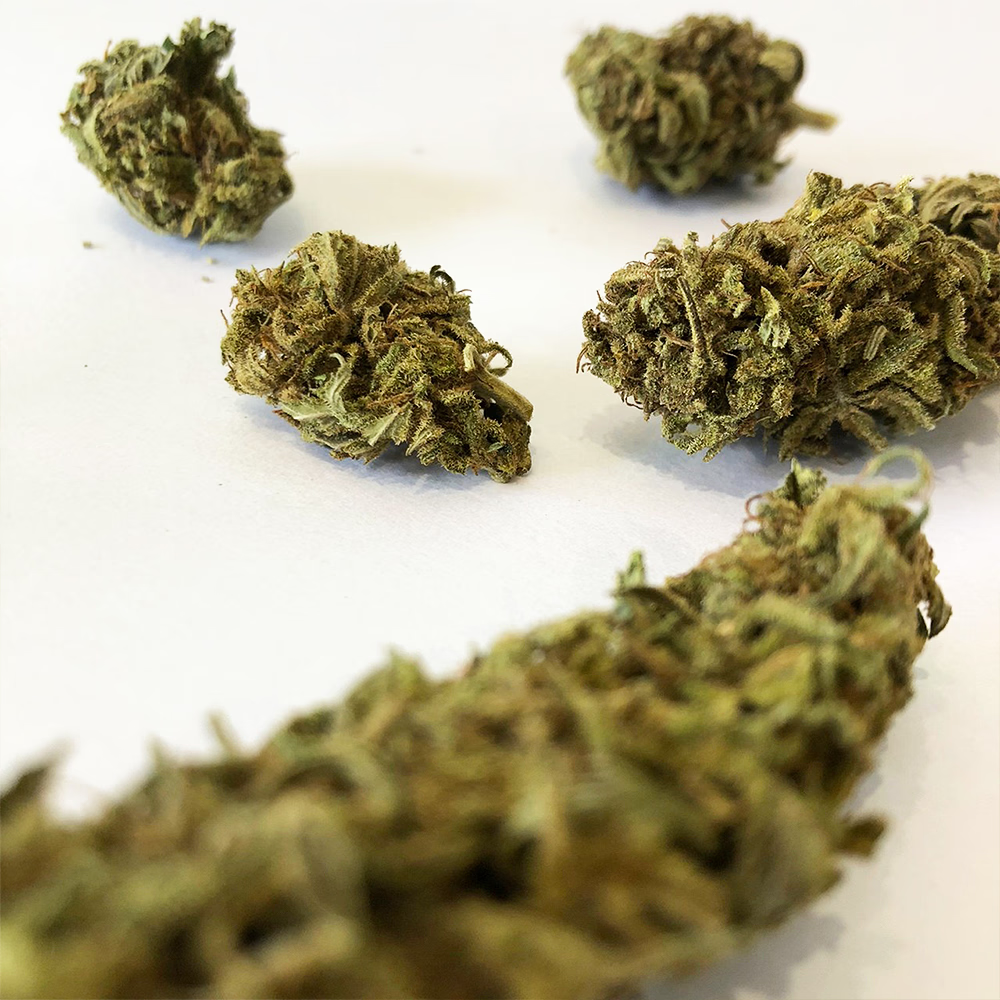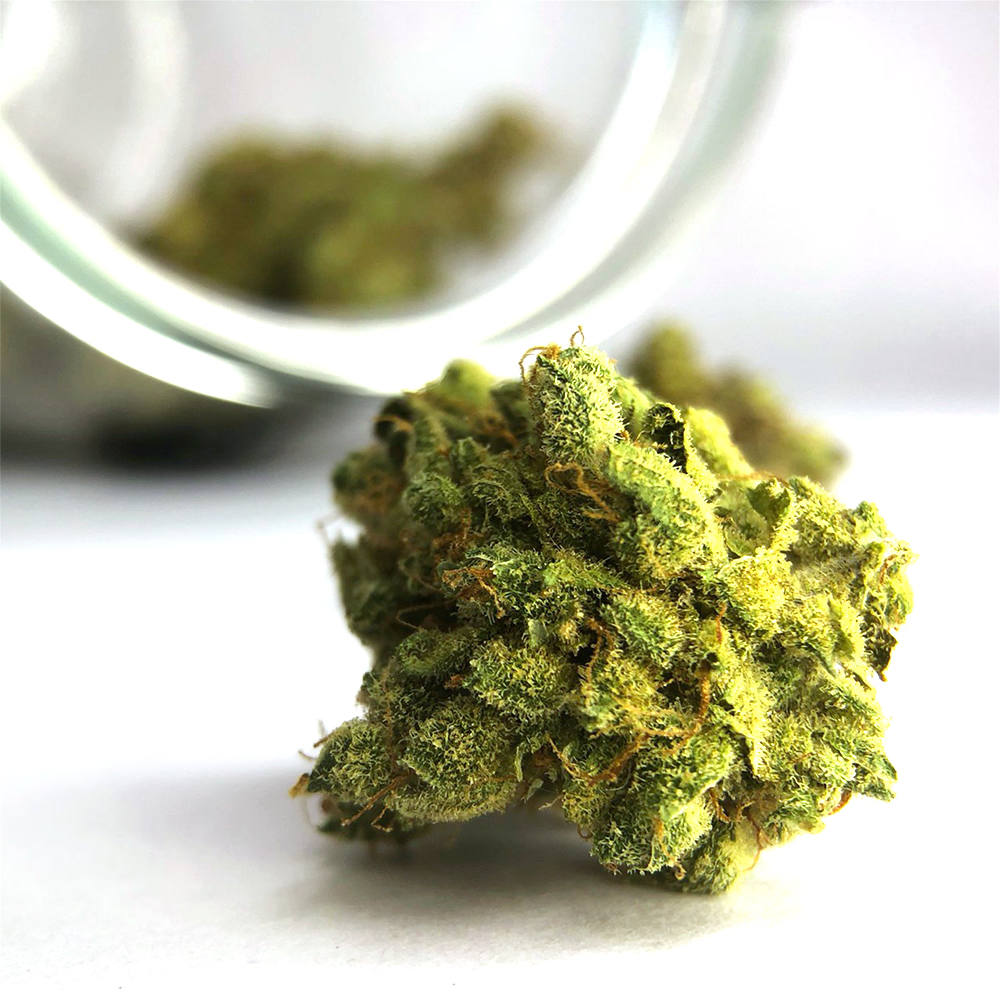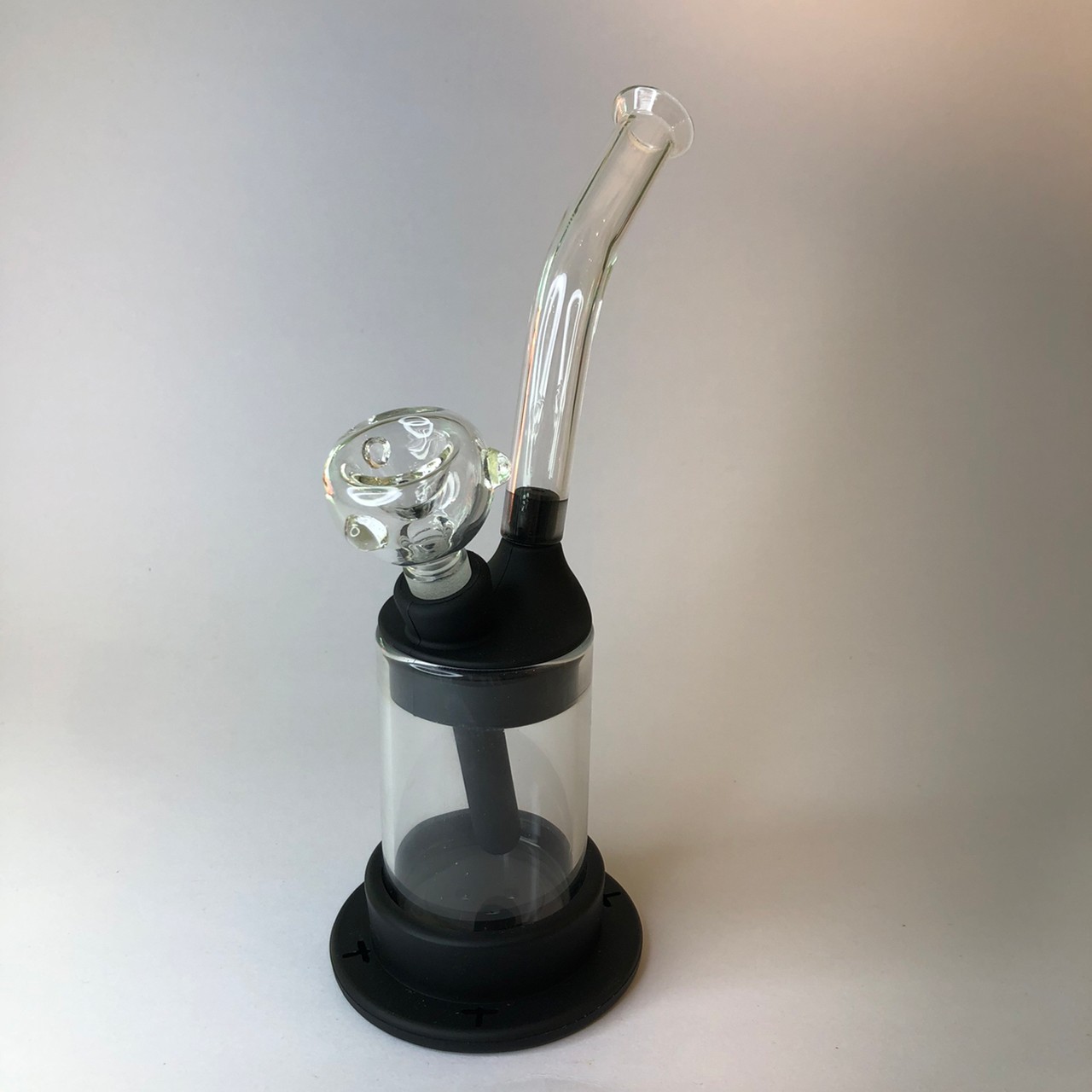Hydroponic and Soil Cannabis Cultivation
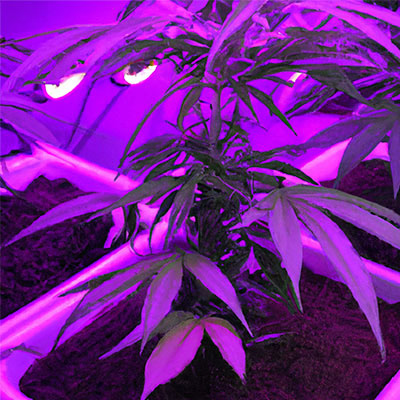
Hydroponic and Soil Cannabis Cultivation
For many people, growing marijuana is a common and expanding hobby. Whether you are an experienced cultivator or just getting started, you must decide how to raise your cannabis plants. A Reference to Hydroponic and Soil Cultivation.
The two most popular techniques for growing cannabis are hydroponic and soil-based setups. Before choosing which approach is best for you, you should be aware of the distinctions between the two because each has benefits and drawbacks.
In hydroponics, plants are grown in water enriched with necessary nutrients rather than in the dirt. Since no soil is needed for this system, it needs less maintenance than conventional soil-based systems.
Additionally, it enables growers to precisely control the nutrient concentrations in the water solution, enabling them to customize the nutrition of their plants for optimum growth.
Due to the cost of the supplies and equipment required for a good setup, hydroponic systems can be more expensive than conventional soil-based techniques.
However, because hydroponic systems offer the best conditions for plant growth, they can generate greater yields.
The earliest way to grow cannabis plants is through soil-based cultivation, which is still common among novice growers who want an inexpensive or more organic choice.
Unlike other growing mediums like hydroponics or coco coir, soil-based systems require less upkeep after installation and give growers greater control over environmental variables like temperature, light exposure, and humidity (coconut fiber).
Since all nutrients originate from organic matter in the soil, this technique has the drawback that there may be fewer opportunities to change nutrient levels to maximize your plant's growth potential.
Furthermore, it frequently requires more time than other techniques before harvest because organic matter needs time to decompose into usable nutrients that roots can absorb before they become accessible to plants as food sources.
There are several things to consider when deciding between soil-based and hydroponic cannabis cultivation methods, including financial limitations, preferences for the features of either type of system, and degree of personal experience with each (or lack thereof).
Whatever path you choose, we hope this article has helped to clarify both options so you can make an informed choice when deciding which type of system is best suited to achieving success in your unique garden.
Ultimately, your choice should be based on what works best for you, given your available financial and temporal resources and desired outcomes from cultivating cannabis indoors or outdoors.
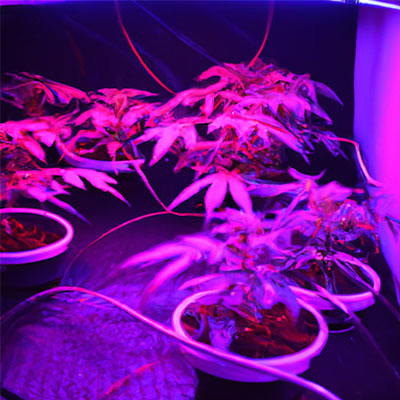
Advantages and Disadvantages of Using a Hydroponic System for Growing Cannabis.
Cannabis growers are increasingly using hydroponic systems for a good cause. Hydroponics has many benefits compared to conventional soil-based growing techniques, such as quicker development, better yields, and higher-quality buds.
However, there are some disadvantages to hydroponics that should be taken into account before switching from earth to water-based cultivation. The benefits and drawbacks of growing cannabis in a hydroponic system will be discussed in this essay.
Benefits of Hydroponic Cannabis Farming
Faster Growth Rates: Plants grown hydroponically typically grow much more quickly than their soil-based peers because they don't have to spend as much energy growing an extensive root system to take up environmental nutrients.
Furthermore, plants grown hydroponically can access these vital components almost immediately after planting because they get their nutrients straight from a nutrient solution. This enables them to reach maturity and begin flowering more rapidly than plants grown in soil.
Greater Yields: Plants grown hydroponically can mature more quickly than those grown in soil, which allows them to produce larger yields more quickly than their soil-grown peers can.
Additionally, growers can anticipate healthier plants with larger yields than those grown in soil or other mediums like rockwool or coco coir because hydroponic systems offer an ideal environment for plant health and development free of pests and diseases.
Higher Quality Buds: As was already stated, compared to other growing techniques like soil or rockwool/coco coir-based systems, hydroponic systems offer the best environment for plant health, directly resulting in higher quality buds overall.
Your plants will develop more quickly and create more robust flavors, aromas, textures, colors, and trichome coverage if a constant supply of oxygenated nutrient solution is available to their roots.
The Drawbacks of Hydroponic Cannabis Farming
High Initial Cost: It won't be cheap to put up a hydroponic garden, let's face it. If you buy prebuilt units, you'll need equipment that will rapidly add up, including pumps, reservoirs, tanks, etc.
Additionally, there may be extra costs involved with correctly setting up each component depending on the setup you want (ebb & flow, deep water culture, or aeroponics), so be sure to do your study beforehand!
Complexity: Although there are many advantages to using a hydro system to grow marijuana, it's essential to remember that there are also many drawbacks.
Hydro setups require active monitoring & maintenance throughout the entire process, in contrast to traditional growing methods, where you can plant some seeds in the ground and let nature take its course.
In addition to monitoring pH and EC levels, you should also see if any components—such as valves or tubing—need to be replaced because of usage-related wear and tear.
Additionally, some types, like aeroponics, require continuous tinkering and adjusting, which may not be ideal for everyone who likes to plug everything in and let it run until harvest time!
Technological Knowledge Needed: Last but not least, operating a successful hydro setup requires quite a bit of technical know-how, especially when working with sophisticated equipment like air pumps, inline filters, nutrient controllers, etc. If you're unwilling to make an effort necessary to master these concepts, sticking with traditional farming may be the best option.
Overall, even though there are undoubtedly many benefits to growing cannabis in a hydroponic system, there are also a few drawbacks to consider before choosing if this approach is the best one for you.
On the one hand, higher yields and faster development rates of High-quality buds are a huge incentive to switch. Still, complicated setups, expensive start-up costs, and the technical expertise needed to manage them may turn off some people who prefer a more straightforward approach.
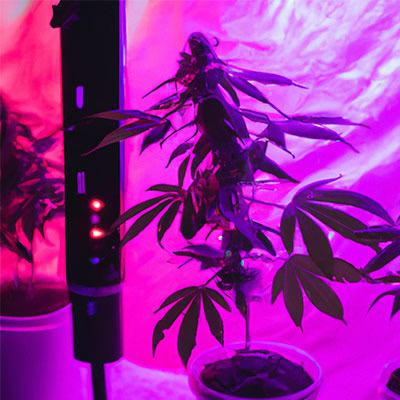
Tips for Maintaining a Healthy Hydroponic System
Growing in popularity is hydroponic gardening, which offers a unique and effective way to cultivate plants. In hydroponics, plant growth is supported by nutrient-rich water rather than soil, which removes the need for soil.
It can grow various plants in various environments and needs less space than conventional gardening techniques.
Keeping a healthy hydroponic system can be difficult if you're unfamiliar with the procedure. Here are some pointers to get you going:
Do Your Research: Before setting up your hydroponic system, make sure you know the fundamentals of how this style of farming operates.
Learn about the various hydroponic system types and understand their parts and workings.
By doing this, you can ensure you have all the information you need before starting your job.
Pick Your Setup: Consider aspects like size, money, and environmental conditions when choosing your hydroponic setup. Choose wick or ebb-and-flow systems over more complex ones like NFT if the room is limited or weather conditions are unpredictable (Nutrient Film Technique).
Once you've selected it, follow the directions when putting it together to ensure it will work as intended.
Check Nutrient Levels: Nutrients are essential for providing your plants with the nutrition they need for healthy development.
Regularly check your system's pH levels and nutrient concentrations, and adjust based on the plants you produce.
Stay within ideal limits and avoid significant fluctuations to keep your plants' environments healthy.
Maintain Fresh Water: Keeping your system's water fresh is essential for maintaining health because old water tends to gather impurities over time, inhibiting plant development.
Depending on the type of crops you are producing, you should replace water entirely at least once every two weeks or 20% weekly.
This will help keep bacteria away from the roots and ensure nutrients are balanced without too much accumulation or depletion over time.
Hydrogen peroxide, which helps keep bacteria levels low in the reservoir, can be occasionally added as an additive, but only if the manufacturer's instructions are followed.
Maintain Proper Air Circulation: Ensuring there is enough open space between reservoirs/tanks or using fans/air stones when possible will help prevent stagnation from occurring inside tanks and create an ideal environment where both plants and oxygen can reach roots adequately for the photosynthesis process and overall health of the plant.
Clean Regularly: Maintaining a healthy hydroponic system also involves keeping all parts clean. Use small brushes to remove any debris accumulated inside tanks or reservoirs.
This lowers the risk of contamination and increases efficiency because dirt obstructs the pathways that nutrients and water need to flow throughout the system.
Additionally, regularly inspect hoses and tubing as they accumulate algae if left unattended rapidly. Use specialized cleaning products for these surfaces to avoid damage from harsh chemicals.
Considering these suggestions, anyone can effectively maintain a thriving hydroponic system that yields fantastic results. Before beginning any endeavor involving indoor hydroponic cannabis growing, conduct a thorough study; many online sources offer in-depth guidance catered to your unique needs.
